Lucky Bamboo (Dracaena sanderiana) is a popular indoor plant admired for its elegant look and association with good fortune and feng shui energy. While it’s known for being low-maintenance, one of the most overlooked aspects of keeping Lucky Bamboo healthy is the quality of water used. If your bamboo is showing signs of yellowing leaves, root decay, or stunted growth, the water may be the root cause.
In this article, we’ll explore why filtered water is essential, and how simple natural additives can improve your Lucky Bamboo’s health and growth.
Why Tap Water May Be Harming Your Lucky Bamboo
Most indoor gardeners use tap water for their houseplants. However, Lucky Bamboo is sensitive to chemicals commonly found in municipal tap water, especially chlorine and fluoride. Over time, these chemicals can:
- Damage the roots
- Cause leaf tips to turn brown
- Lead to yellowing leaves
- Slow down plant growth
This is especially important if your Lucky Bamboo is grown in water rather than soil, as the roots are directly exposed.
Also Read- Lucky Bamboo And Water Quality: What You Need To Know
Benefits of Using Filtered or Distilled Water
To avoid harmful chemicals and promote healthy root development, it’s best to use filtered, distilled, or rainwater. Here’s why:
- Chlorine-Free: Filtered water removes chlorine, protecting delicate roots.
- Low Mineral Content: Reduces the risk of salt buildup and root burn.
- Balanced pH: Maintains a neutral environment ideal for bamboo growth.
- Cleaner Appearance: Prevents cloudy water and residue on containers.
If filtered water is not available, let tap water sit in an open container for 24–48 hours to allow chlorine to evaporate before using it.
How Often to Change the Water
Even with clean water, leaving it stagnant can lead to bacterial growth and algae. Here’s what you should do:
- Change water once a week
- Rinse the container and stalks with clean water
- Wipe any slimy residue off the bamboo and glass
Regular water changes not only keep the plant healthy but also improve the look of your bamboo arrangement.
Also Read- Preventing Algae Growth In Lucky Bamboo Water During Summer
Natural Additives to Boost Lucky Bamboo Health
Filtered water is great on its own, but adding natural ingredients occasionally can give your plant an extra health boost. These home remedies are chemical-free and safe for indoor use.
1. Aloe Vera Water
Aloe vera contains enzymes and nutrients that promote healthy root development.
How to Use:
- Mix 1 tbsp of fresh aloe vera gel in 1 litre of water.
- Stir well and use it once every two weeks as bamboo water.
Benefits: Strengthens roots, encourages new shoots, improves plant resilience.
2. Banana Peel Water
Banana peels are rich in potassium and phosphorus, both essential for plant health.
How to Use:
- Soak one banana peel in a cup of water overnight.
- Use a small amount (2–3 tablespoons) mixed with regular water once a month.
Benefits: Promotes leaf greenness and healthy stalk growth.
3. Rice Water
Water left over from rinsing rice contains minerals and starches that plants can benefit from.
How to Use:
- Use the water from rinsing uncooked rice.
- Let it sit for 2–3 hours and use it once a month as a bamboo water additive.
Benefits: Enhances root strength and overall vitality.
Note: Always dilute and use in moderation to avoid bacterial growth.
4. Green Tea Water (Weak)
Green tea contains antioxidants and trace minerals beneficial to plants in small quantities.
How to Use:
- Brew weak green tea (1 tea bag in 1 litre of water).
- Let it cool and use once every 4–6 weeks.
Benefits: Boosts immunity and refreshes foliage.
What to Avoid in Lucky Bamboo Water
While natural additives are great in moderation, avoid:
- Sugary liquids: These encourage mold and bacterial growth.
- Milk or dairy waste: These spoil easily and attract pests.
- Fertilizers with high nitrogen: They can burn roots and cause yellowing.
Also, do not reuse standing water, especially if it smells bad or has algae buildup.
Also Read- 5 Best Indoor Plants for Small Spaces: Table Top Friendly Choices
Conclusion: Water Smart, Grow Strong
The water you use for your Lucky Bamboo plays a vital role in its health, appearance, and energy. Filtered or distilled water keeps chemicals away, while natural additives like aloe vera, banana peel, or rice water help nourish the roots and support vibrant growth.
Keep your plant clean, hydrated with fresh water, and naturally boosted — and your Lucky Bamboo will continue to be a symbol of growth and good fortune in your home.


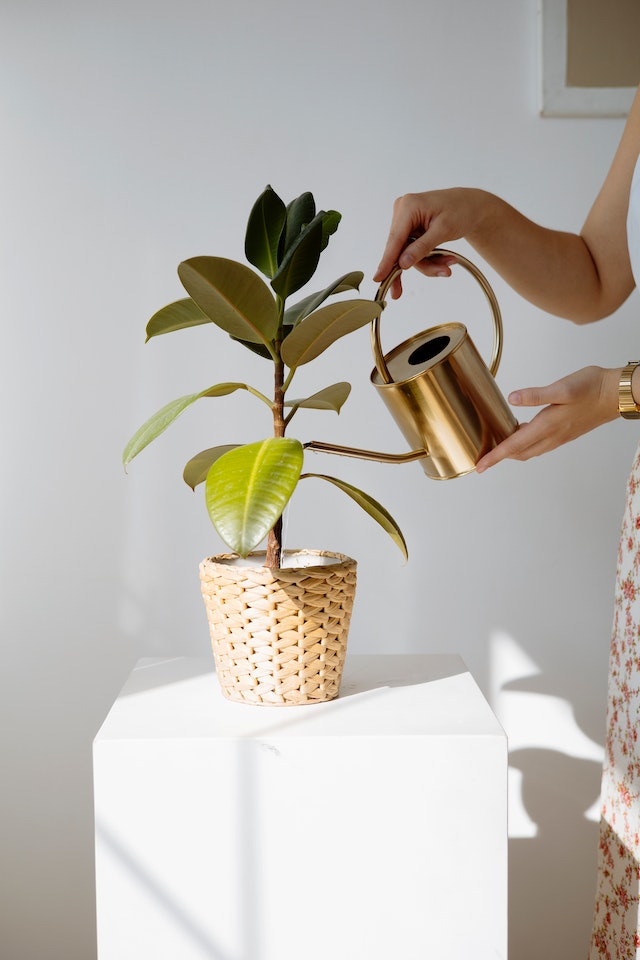
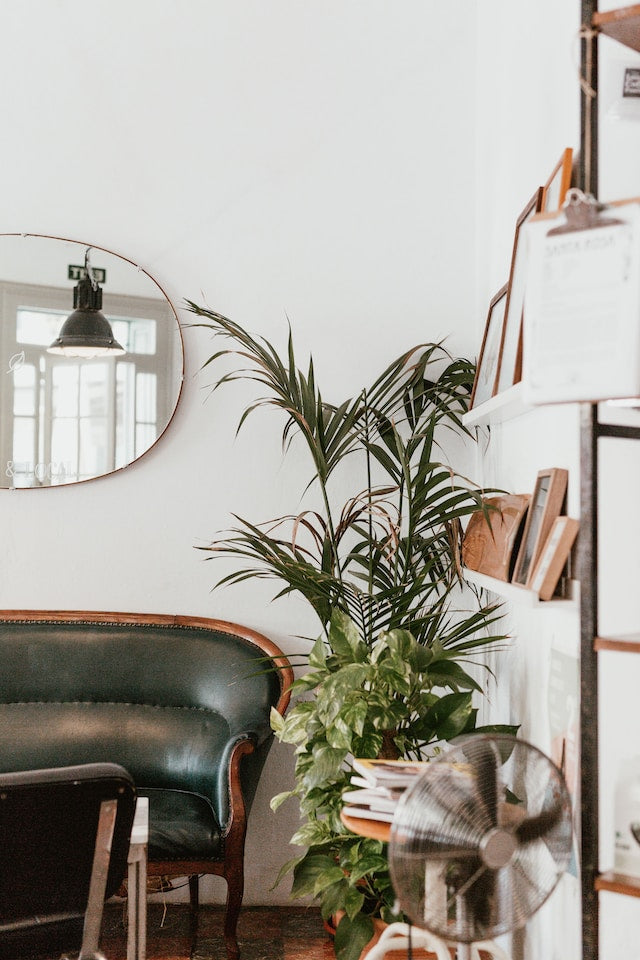

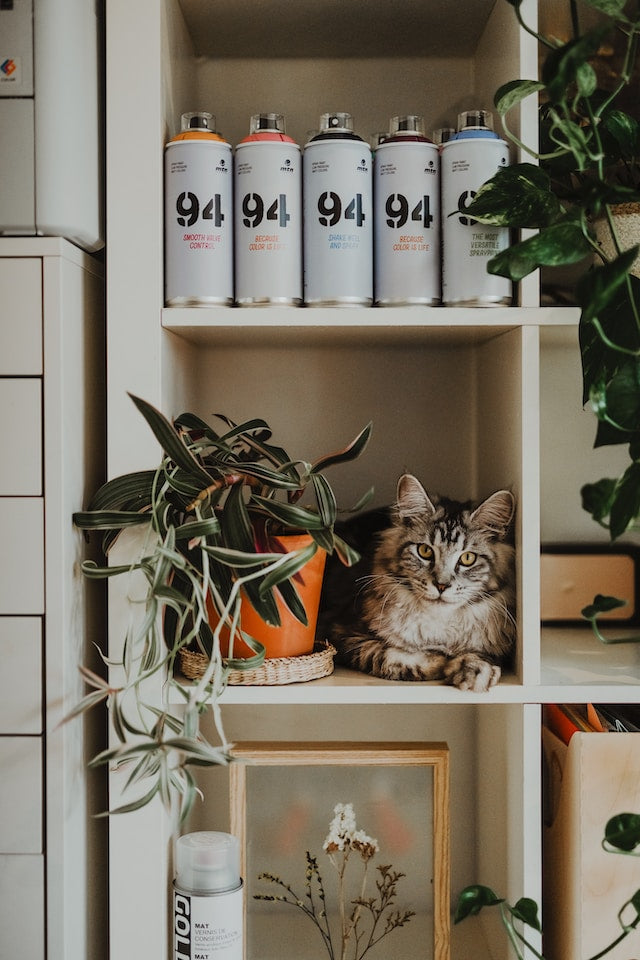

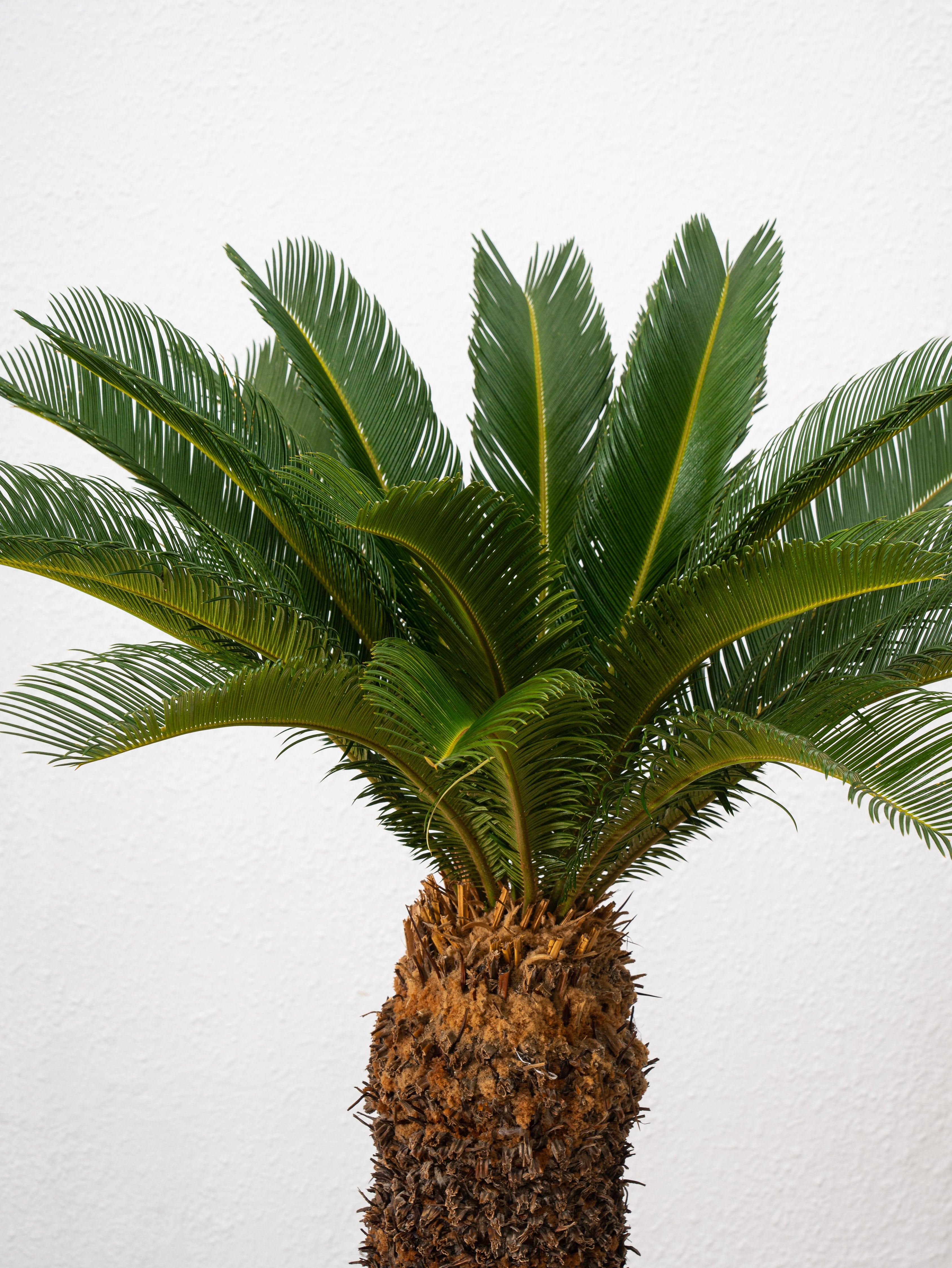
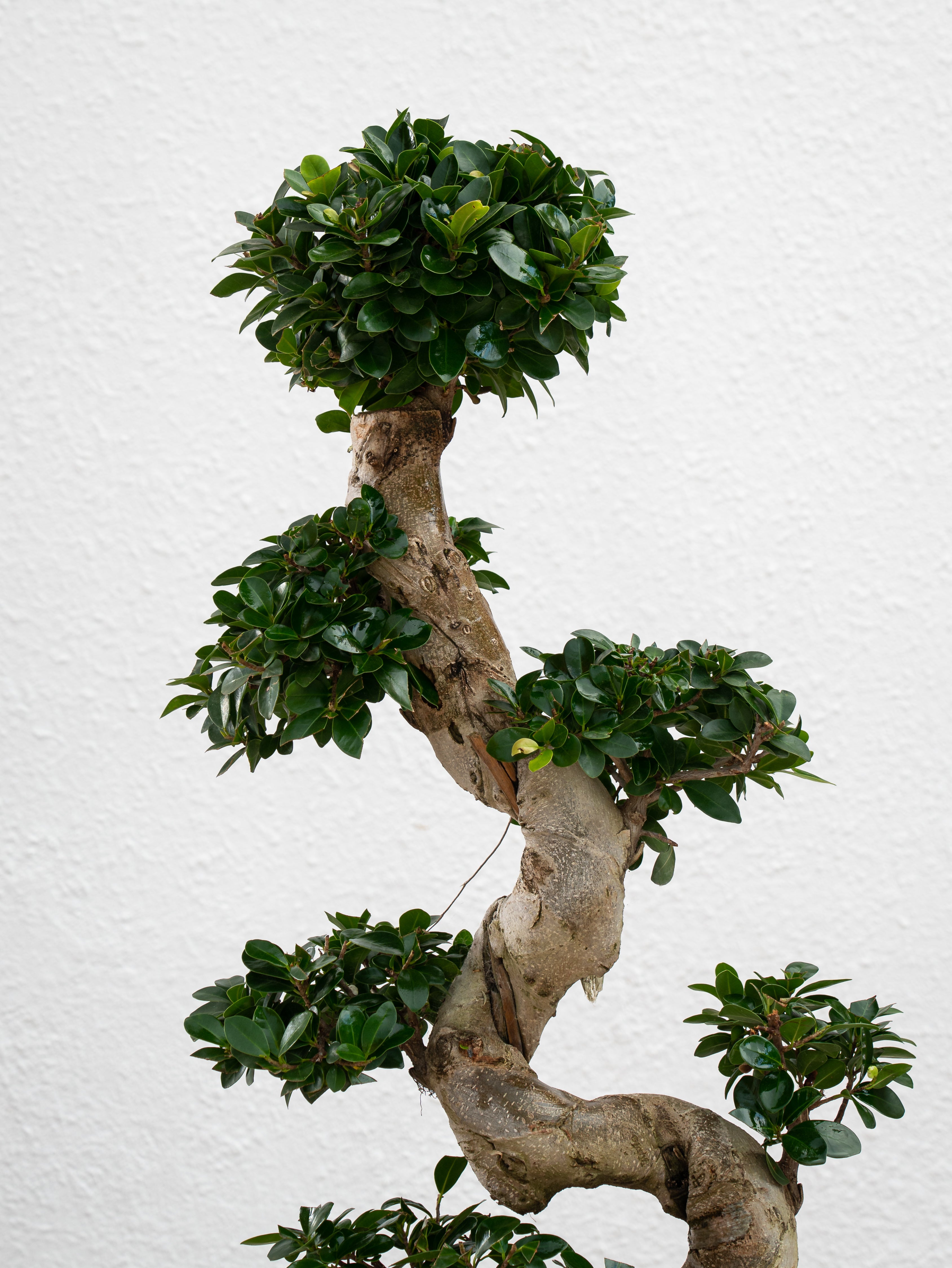
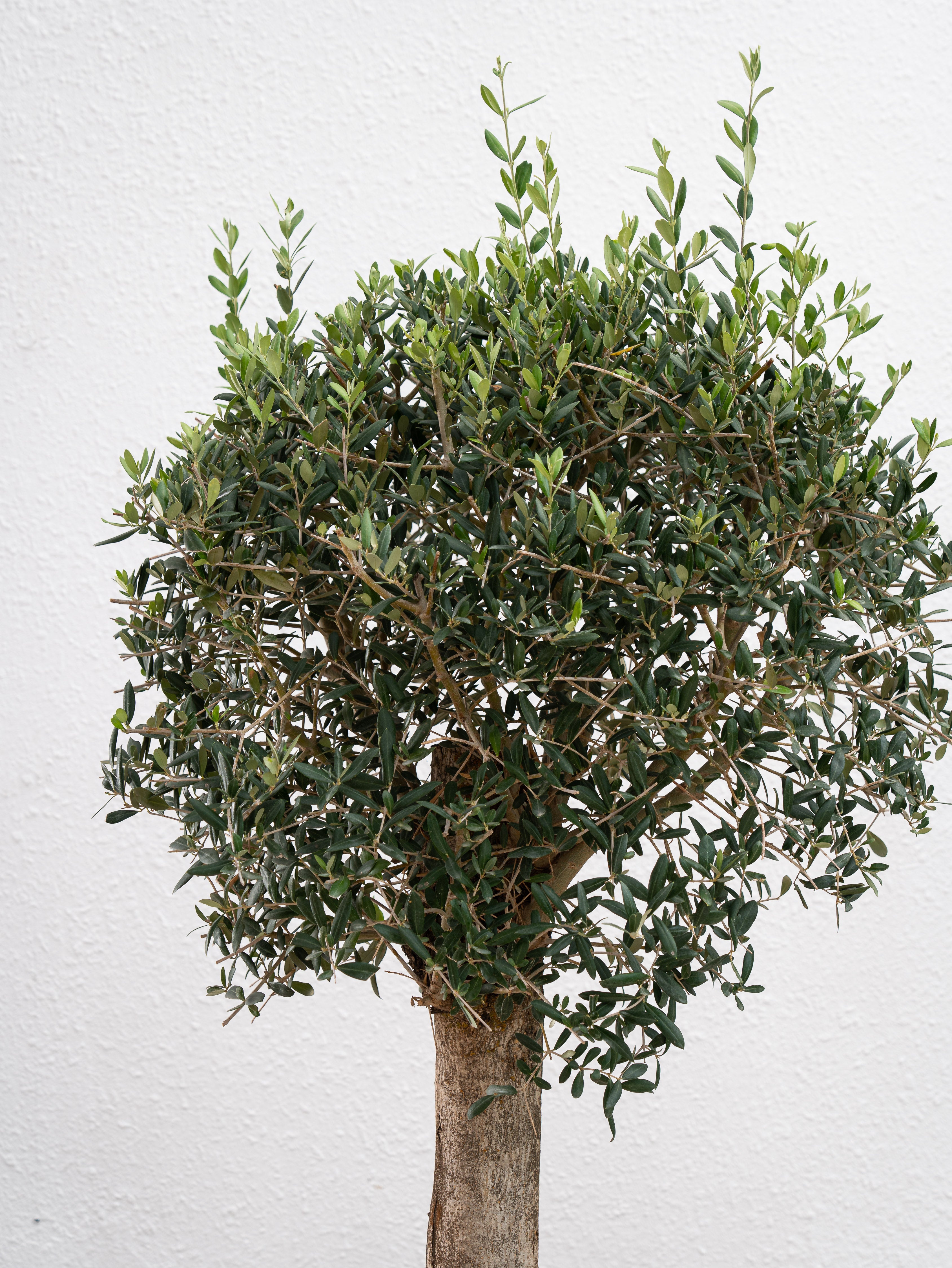
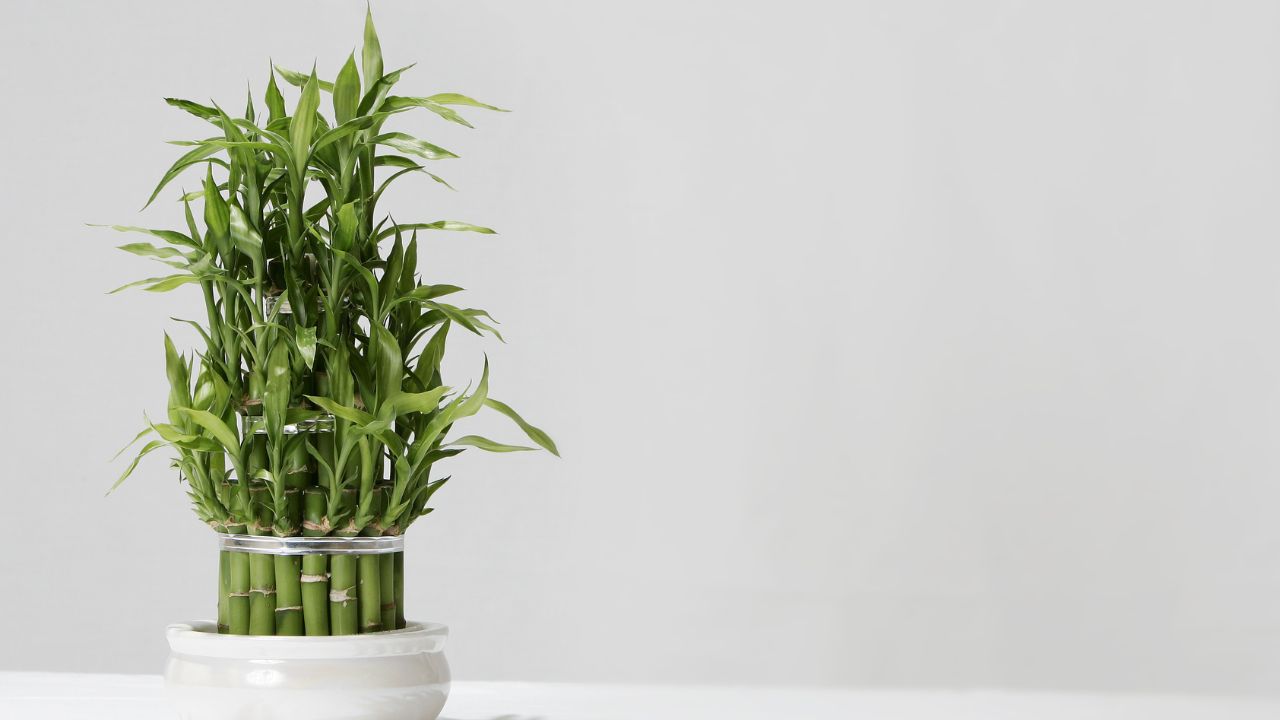
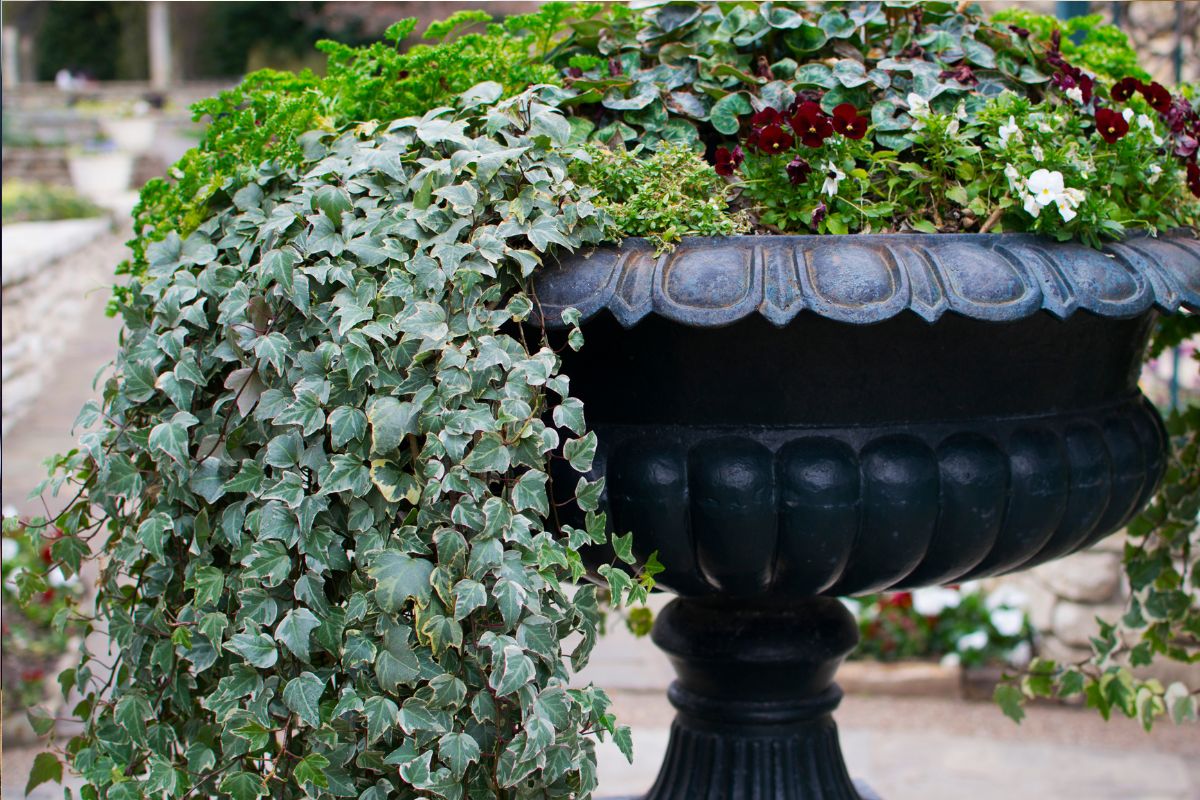

Leave a comment
This site is protected by hCaptcha and the hCaptcha Privacy Policy and Terms of Service apply.